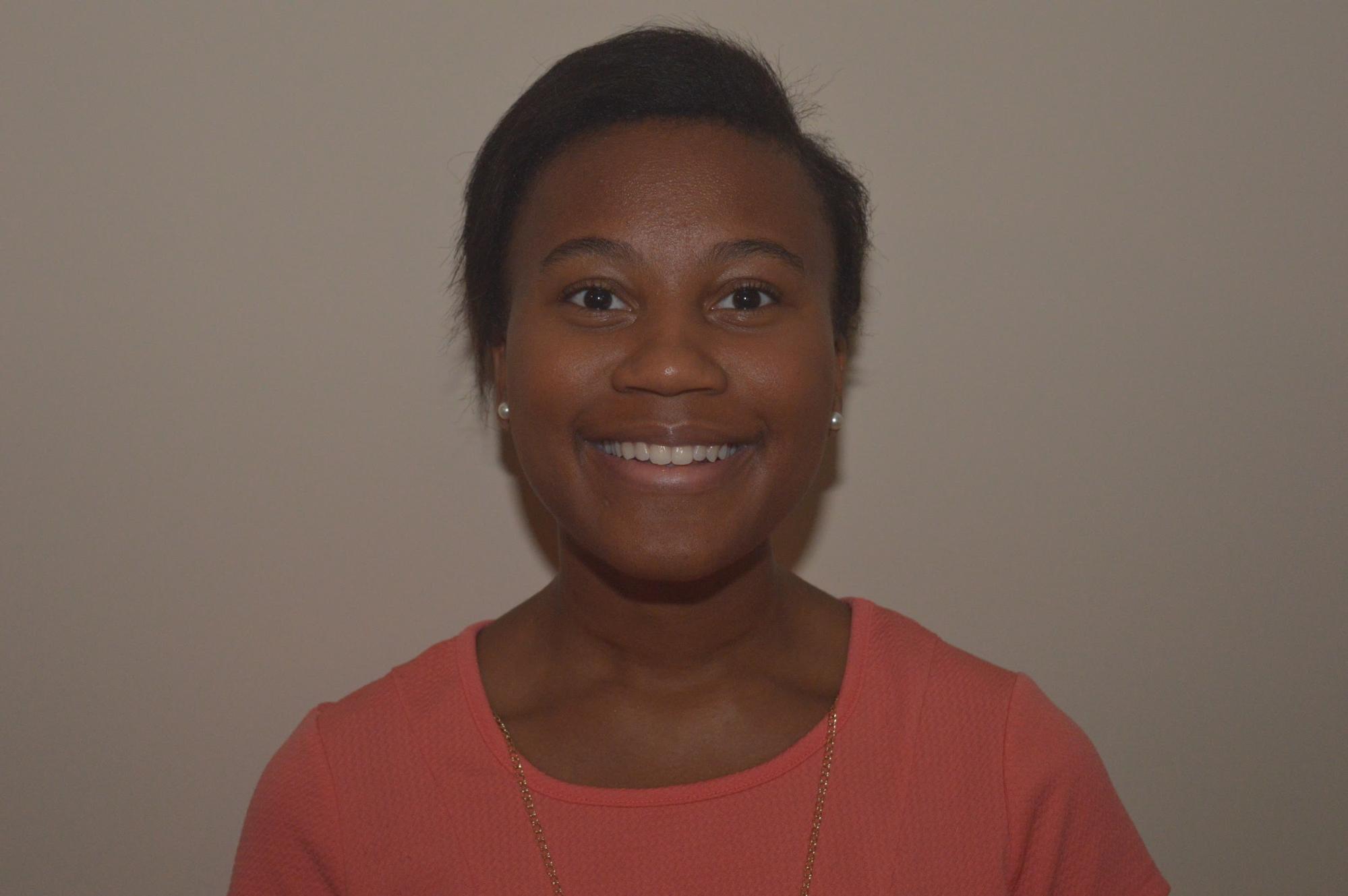Peg Verone had spent most of her life feeling that she wasn’t living to the fullest, which led her to harbor an anger that buzzed constantly inside of her. Verone often fantasized about her death and especially dreamed of death by terminal illness — that is until her ovarian cancer diagnosis at 17. After completing chemo and going into remission, she felt called to help others and majored in child psychology at college. This story is one of many from the popular ’90s book, “Chicken Soup for the Teenage Soul II,” and also later appeared in Woman’s World Magazine.
The founders of “Chicken Soup for the Soul,” Jack Canfield and Mark Victor Hansen, wanted to put together a collection of stories by real people to help inspire others. The reason for the name of the series is on the website in the history section: “They called it Chicken Soup for the Soul because they wanted it to soothe and provide comfort, just like their grandmothers’ cooking.”
“Chicken Soup for the Teenage Soul” was the founders’ first attempt to appeal to teenagers. Kimberly Kirberger joined the author and compiler team for this project. “There are stories of triumph and stories so sad that you will definitely cry. And each one speaks to you and not at you,” said the authors in the book’s introduction. To ensure authenticity, the authors had teenagers from a California high school read through the stories and give their feedback before its publication. The stories could be written by current teenagers (at the time) or by adults reflecting on their teenage years.
After reading the first two books myself (well, I read most of the second one), I was more interested in what would happen in the next two books, but was also very curious about what a version of the series published in the present day would look like. The original book explored some issues that are extremely relevant and appeal to teenagers today, such as mental health, peer pressure, family issues and friendship issues. In that vein, I have a few suggestions as to what an updated version of what “Chicken Soup for the Teenage Soul” should look like.
My first suggestion is that “Chicken Soup for the Teenage Soul” should stay a book. I understand that “Chicken Soup” has online forums, a YouTube channel and is available on other social media platforms, but there’s something special about reading a book. I don’t think teens will completely ignore the book if the authors were to publish another version. Teens read, it’s just a matter of who wrote the book and what it’s about. YouTubers are a prime example. Many YouTubers, such as Lele Pons, Eva Gutowski and Gabbie Hanna, have written books that have received positive feedback from fans.
Another reason the “Chicken Soup for the Teenage Soul” should stay in a book form is because teens who want to submit a story or poem may not, at their current age, have another chance to submit their work to a print publication that isn’t a magazine.
In addition to staying in print form, an updated version of the book would have to modernize some of its material. In the “Chicken Soup” books I have read, I rarely came across any mention of the internet, which is probably because of the first two being published in the ’90s. If a new book were to be published in 2018 or 2019, the internet would be mentioned often in the stories or poems.
One main part of the internet that would have a massive impact on the stories in this book is social media. Social media has definitely become ubiquitous with Gen Z. YouTube, Instagram, Twitter and Snapchat are some of the main platforms that teens use every day to chat with or send pictures to friends, to advocate for an issue close to them or watch some inspirational videos.
Additionally, I think an updated version of this book would have to make the relationship section more inclusive. It’s already a fairly strong section of the book because of its stories about breakups, first kisses and first loves. Those are experiences many teens share, but the content would have to be more inclusive of LGTBQ teens, because the original versions were published in the ’90s and being gay wasn’t as socially acceptable as it is now.
It would make sense that there would be at least one gay person in a modern teen book that spends some time talking about relationships. There’s nothing holding the company back from including a gay teen’s story. Amy Newark, one of the new owners of the company, told Broadly, “We don’t know how we ever got the reputation for being a Christian publishing company, as we have never been that.”
I also think even more high school teens should read the book before its publication. Like I said before, the original authors took the book to real high school students so they could read it and the authors could make sure that students their age would want to read it. The authors could try taking the book to three or four high schools in different states across the country. For example, they could have one school in Nevada, Iowa and Massachusetts, just to see how students who live in different parts of the country react to the book.
Lastly, I would suggest that “Chicken Soup for the Teenage Soul” include more current celebrity contributors. In the first book there were a couple of famous contributors, like Bill Cosby, Jennifer Love Hewitt and Jennie Garth, who wrote pieces for the book. Because YouTubers are popular with younger people, if the authors choose to include celebrities they should make sure to invite social media stars.
The “Chicken Soup for the Teenage Soul” series is more than just a ’90s self-help book. It was also a guide that inspired people to believe in themselves and be a good person, and it needs an update.









